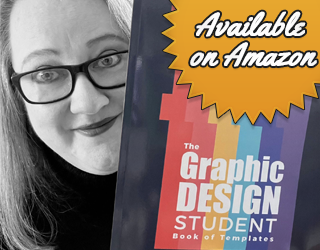Semiotics are fascinating!
Over the years, we all encounter signs and symbols. These can be as simple as colors or shapes to something as complex as a logo. Understanding semiotics, a field of study that focuses on all aspects of signs, can help us better understand the world around us.
Noetic relates to mental activity and the intellect in general. That sense of epiphany or revelation.


In this day and age, we rely on visual signs to describe our emotions (think of emoji’s and memes), tell a story or make a point. They help us better understand ourselves and the world around us. Since their beginnings, people have used them to show who they are and where they came from. Discover the hidden meanings of each icon below.
Serried refers to rows like ranks of soldiers or lines in a vineyard.
Visual communication is encountered wherever we go. Signs are everywhere, in the streets, at work, and in the home. They allow us to understand the world around us, but also hide many ideas that do not match our perception of reality. The aim of this book is to help readers understand how meaning is produced by graphic signs.
Coextensive means that things can occupy the same space without being the same thing.


Take a look at the twelve icons included in this post and see how they represent semiotics, the study of signs and meanings in visual form. Each icon was inspired by concepts prevalent in visual communication. Each one strives to convey the concept visually, that it is labelled with textually.
Entropy refers to a lack of order. None of these shapes as a group follow any kind of pattern or order, neither shape nor colour have any meaning.
Semiotics is concerned primarily with signs and symbols as the main carriers of meaning. It is concerned with the ways in which signs and symbols, which are the products of human activity, structure people’s perception of and actions toward the world around them.
Redundancy refers to an excess or unecessary surplus, borne out of linguistics, but represented here visually.


The semiotic approach to communication draws our attention to some of the essential elements of communication: seen and heard signs, signs of space and time, words, sentences, and parables. Semiotics provides a foundation for a meaningful understanding of visual communication and, as a result, for effective communication design.
Culture refers to those symbols which immediately convey enough information for us to associate them with a specific culture.
Communication is a process of the exchange of information between people, groups, or organizations, where the sender is responsible for initiating and maintaining the communicative exchange.
Media refers to the medium through which we receive the message. In this case an old-school style TV. I wonder how many young people today wold immediately identify this as a television?


Some semiotics theorists have argued that signs and symbols are also actions: they represent something and they are actions. They play a role as carriers of meaning, and as such each carries a message that has both a semantic or cognitive and affective dimension. Others have argued that signs and symbols are actions, but that they also have an independent existence. Both arguments are correct.
Sign Looking at the shape of this sign, and given that its’ message is written in Sanskrit (I tried to choose one least likely to be understood), can you automatically guess its meaning? The shape and the outline of the sign should be enough to trigger understanding.
Noise refers to distortions to the original message possibly rendering it unintelligible or confusing, shown here by the altering of the shapes to have jagged edges and added grain (noise).

Icon refers to a universally recognisable sign, regardless of individual shape or colour. A circle of arrows will always refer to recycling in current times.


Paradox refers to something that cannot be explained. (e.g. which came first, the chicken or the egg?) – in this case I chose Schrödingers cat as my example.
If you are interested in studying the mysteries behind graphic design and how to communicate visually, then I highly recommend the following books:










